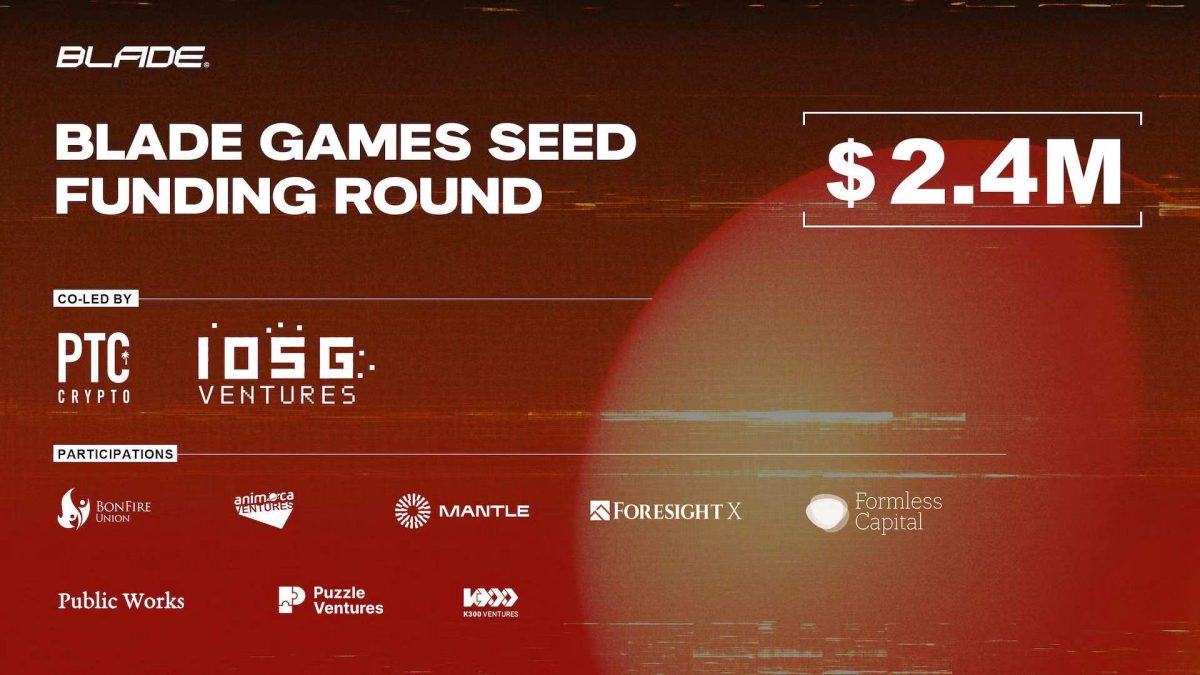How does staking work and where does the yield come from?


Cryptocurrency staking refers to holding and locking up a certain amount of cryptocurrency tokens to support a proof-of-stake network's operations. Those staking tokens on the network validate transactions and create new blocks in the blockchain, which entitles them to a staking reward, or "yield."
Many people are interested in cryptocurrency staking and their rewards, but the process is not as clear-cut as it seems.
Mechanics of staking: how it works
Cryptocurrency staking involves a user's participation in validator nodes and potentially staking pools. The general process works as follows:
-
Acquiring Tokens: Stakers must first acquire tokens native to the proof-of-stake blockchain network. For instance, a user can purchase ETH from a centralized exchange using fiat currency to begin staking on the Ethereum blockchain.
-
Locking up Tokens: Stakers lock up or "stake" their tokens by transferring them into a specified wallet or smart contract. These tokens are temporarily held as collateral and cannot be freely spent or transferred while they are staked.
-
Participating in Consensus: Stakers participate in the consensus process of the blockchain network by running their own validator nodes or delegating their tokens to other validators.
-
Earning Rewards: In return for their participation in the consensus process, stakers receive rewards or a "yield" in the form of additional cryptocurrency tokens.
Validator nodes
In a proof-of-stake blockchain, a validator node is a participant responsible for validating transactions and creating new blocks in the blockchain.
Validators are often selected based on the amount of cryptocurrency tokens they hold and are willing to stake as collateral in the network. This method, known as stake-based selection, aims to incentivize validators to follow the consensus rules as their tokens can be slashed in case of malicious behavior. Validators with a larger stake have a higher probability of being selected to validate transactions and create new blocks, as they have more to lose if they engage in malicious behavior.
While exchanges like Coinbase offer simplified staking options for casual participants, becoming a validator is a more involved process that carries greater responsibility and potential for higher rewards.
Staking pools
Users must have a minimum of 32 ETH to run a validator node on Ethereum. However, many users can't afford to purchase that much ETH. So instead, they can submit their smaller amount of cryptocurrency into a "staking pool."
Staking pools combine participants' tokens and collectively stake them as collateral. This increase their chances of being selected as validators and earning rewards for validating transactions to creating new blocks. The rewards are then proportionally shared across those who pooled their tokens.
Governance
Stakers can vote on governance proposals submitted by themselves or other participants in a proof-of-stake blockchain. The voting process typically involves stakers casting their votes in favor of or against proposed changes to the network. The voting outcome determines whether the proposal is accepted or rejected, and the decision is based on the majority of votes cast by stakers.
Stakers may also propose changes that they believe will benefit the network and submit them for consideration by the community. Such governance proposals include suggestions for protocol upgrades, parameter adjustments, changes to network rules or other improvements to the blockchain ecosystem. Those with a larger stake of tokens have a greater influence on governance decisions, as their votes carry more weight.
Slashing
If a validator is found to have violated the network's rules or engaged in malicious behavior, such as attempting to double-spend, forging transactions or participating in a coordinated attack, they are subject to slashing. This means they lose a portion of or all the tokens they staked as collateral on the network. The threat of losing staked tokens acts as an incentive for validators to act honestly and contribute to the stability of the blockchain.
Yield generation in cryptocurrency staking
In a proof-of-stake blockchain, the yield, or the rewards earned by participants for their contribution to the network, primarily comes from:
-
Block rewards: Validators are rewarded for staking their tokens as collateral and participating in the consensus process. Staking reward yields are distributed to validators based on the amount of tokens they have staked and their contribution to the security and integrity of the network.
-
Transaction fees: Validators earn transaction fees as part of their block rewards. Transaction fees are charges paid by users to have their transactions included in a block and processed by the network.
-
MEV rewards: Validators who get involved in the practice of MEV can earn additional rewards. By ordering transactions in a certain order that is beneficial to a third party, they often get a cut of the profit made from this kind of maneuver.
Cryptocurrency staking yields may appeal to long-term holders who wish to see their holdings appreciate while simultaneously supporting the network. The yield earned from staking can vary depending on factors such as the network's consensus mechanism, block reward structure, transaction fee policy and the amount of tokens staked by the participant.
It's important to note that yields are not guaranteed and may fluctuate over time based on various factors affecting the network's performance and token economics. Stakers should also be aware of the risks, such as the illiquidity of assets during the staking period and the possibility of slashing in the event of network violations.
Disclaimer: This article was produced with the assistance of OpenAI’s ChatGPT 3.5/4 and reviewed and edited by our editorial team.
© 2023 The Block. All Rights Reserved. This article is provided for informational purposes only. It is not offered or intended to be used as legal, tax, investment, financial, or other advice.



